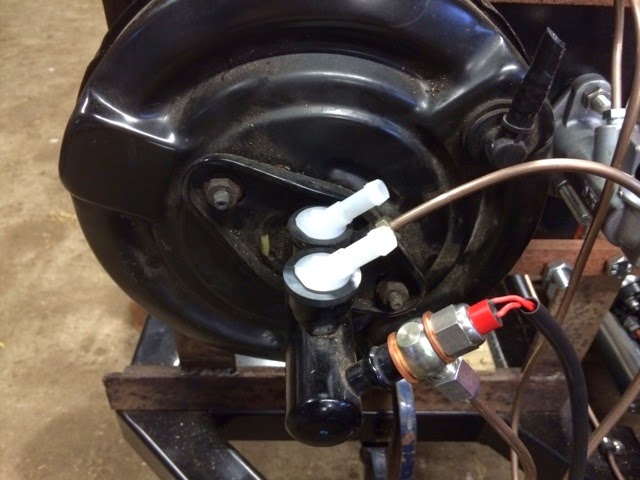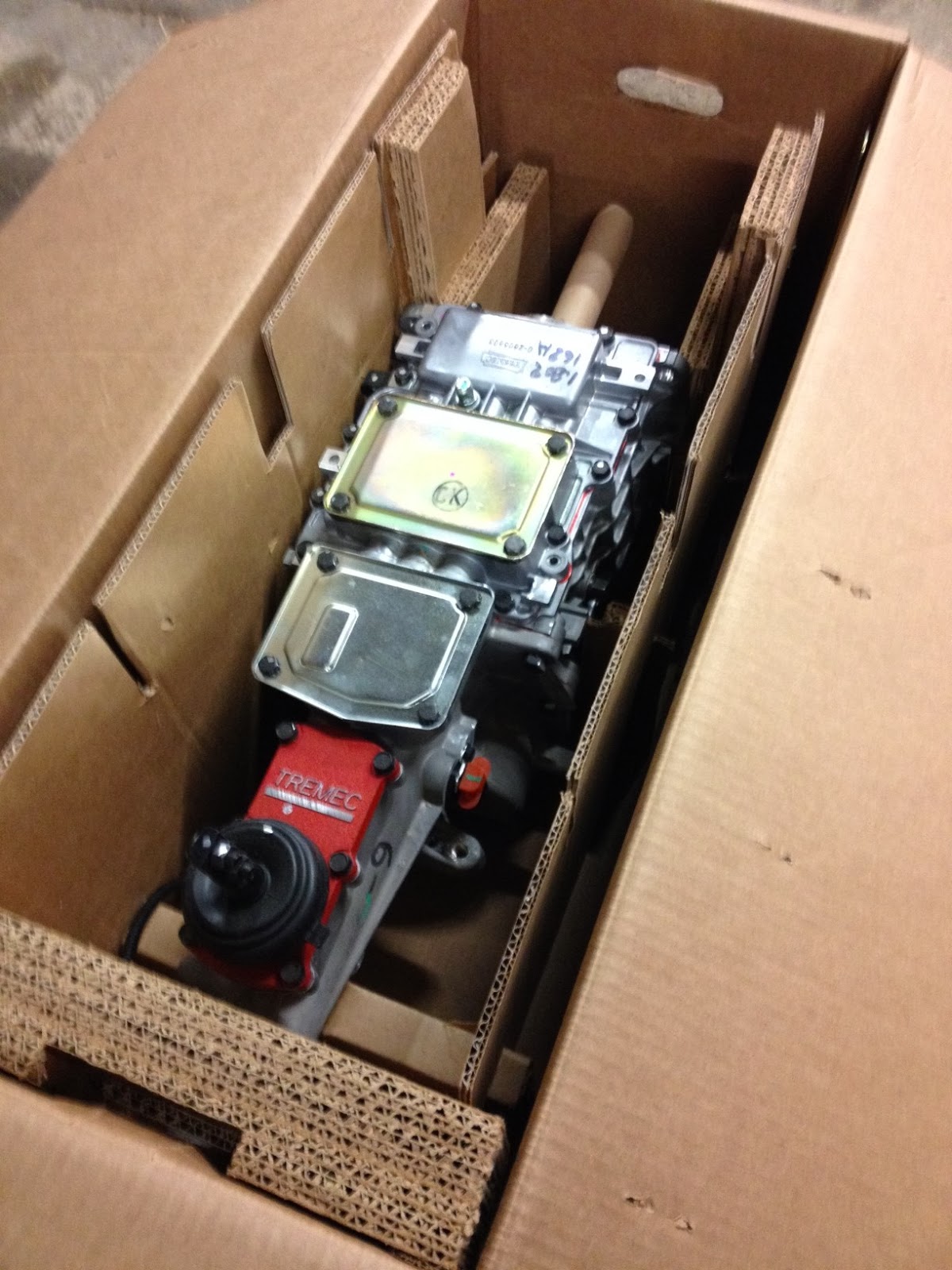We are aware, however, that we will have to drain the system down to fit the body, but we now have peace of mind that it is all ok.
There were a few weeps here and there, but nothing a little tweak up of the joint didn't fix. I'm quite impressed with the Sykes Picavant hand held flaring tool I bought. It did a great job considering this was my first time doing brake flares.
We fitted the reservoir up high to aid the bleeding process.
The only real issue we had was with the clutch slave cylinder. The surface on the rear of the cylinder does not seem big enough to get a good seal with a copper washer. I bought a new fitting from CBS that will hopefully sort this out as it is more like a flared copper fitting that should seal better.


















































